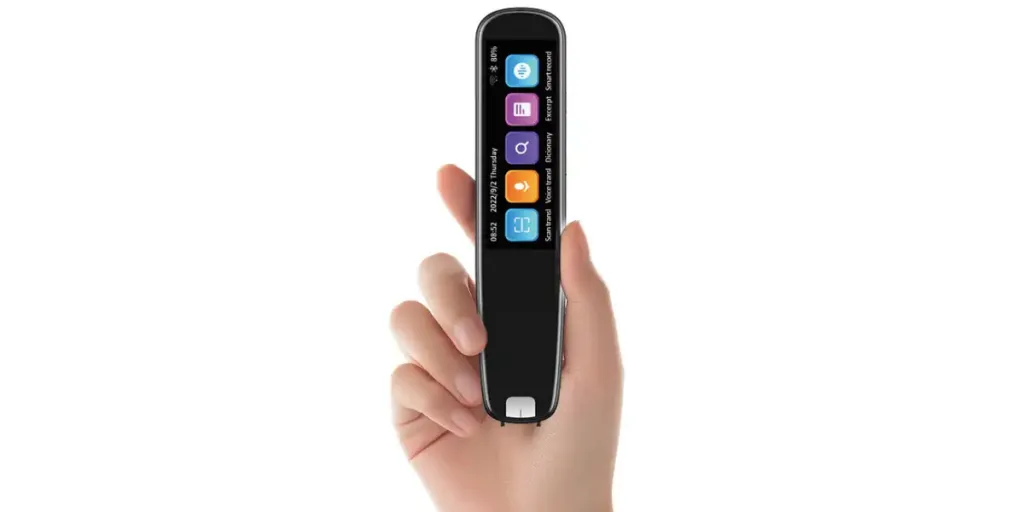Handheld translators are now indispensable devices that help overcome language barriers and allow easy communication in various linguistic environments. These devices are small and portable, which allows people to translate languages on the go. They are handy companions for travelers, businesspeople, and language lovers. There are therefore a wide range of choices on the market, but selecting the most effective portable translator is imperative for customer satisfaction.
This guide seeks to delve into the world of handheld translators, explaining how they work, and aiding you in choosing the most appropriate device for your buyer’s assorted needs.
Table of Contents
Market share of language translation devices
How a handheld translator works
How to choose the right handheld translator
Summary
Market share of language translation devices
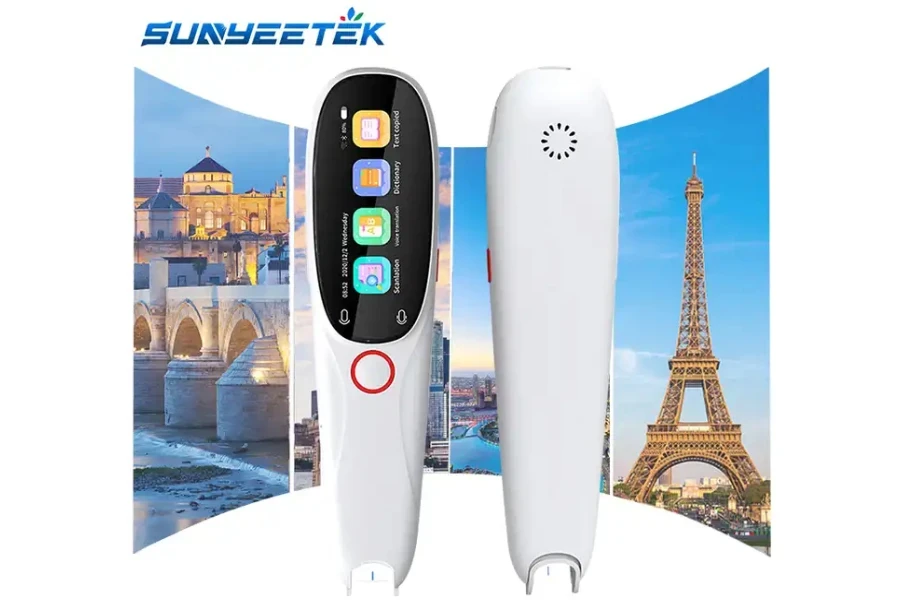
According to Mordor Intelligence, The market for language translation devices was worth USD 1.01 billion in 2022. It is expected to grow at a compound annual growth rate (CAGR) of 11.52% over the next five years, reaching USD 1.94 billion in 2028.
This surge in demand is fueled by three key factors: globalization of businesses, greater international travel, and an increase in emphasis on cross-cultural communication. Due to the growing global scale of business activities, language translation devices are necessary in contemporary corporations. Increasing global tourism trends and the growing number of people who learn and work abroad have also increased the demand for portable translators from travelers and students.
Asia Pacific, Europe, and North America are the three main regions experiencing high demand for language translation devices. It demonstrates that these areas are of universal influence throughout all language environments.
How a handheld translator works
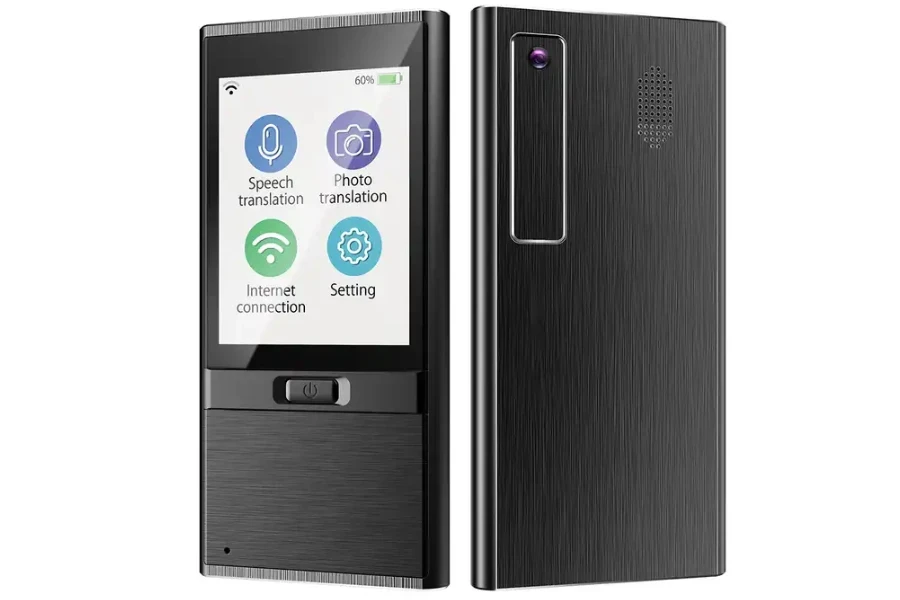
Advanced technology is applied to the handheld translator, thus allowing people to cross over language barriers while on the go. The primary mechanisms at play in these devices include:
Speech recognition: Handheld translators are equipped with advanced speech recognition technology. A built-in microphone captures the digital signals of the spoken words when a user speaks into the device. The device’s speech recognition system processes these signals, detecting phonetic changes that convert them into text.
Machine translation algorithms: Machine translation algorithms act when they have converted the spoken words into text. The algorithms depend on large linguistic corpora, sophisticated mathematical models and are instrumental in translating the text. Generally, this involves examining the setting, usage of correct terminologies, and word subtleties before arriving at a sensible interpretation.
Text-to-speech (TTS) technology: Once the translated text is produced, the handheld translator uses text-to-speech technology to speak out the translated text. This means reiterating the translated text into spoken language. With this TTS, the pronunciation and intonation will sound like natural speech, improving the communication experience.
Connectivity features: Most handheld translators have an option with integrated communication, permitting users to have direct access to live online translation. This is especially helpful in keeping up-to-date with language databases and providing precise translations.
Offline capabilities: Some handheld translators are designed as standalone systems to improve versatility. Such devices contain most of these linguistic databases in local space, hence the possibility of translating any text regardless of whether there is an internet connection or not.
How to choose the right handheld translator
1. Cost
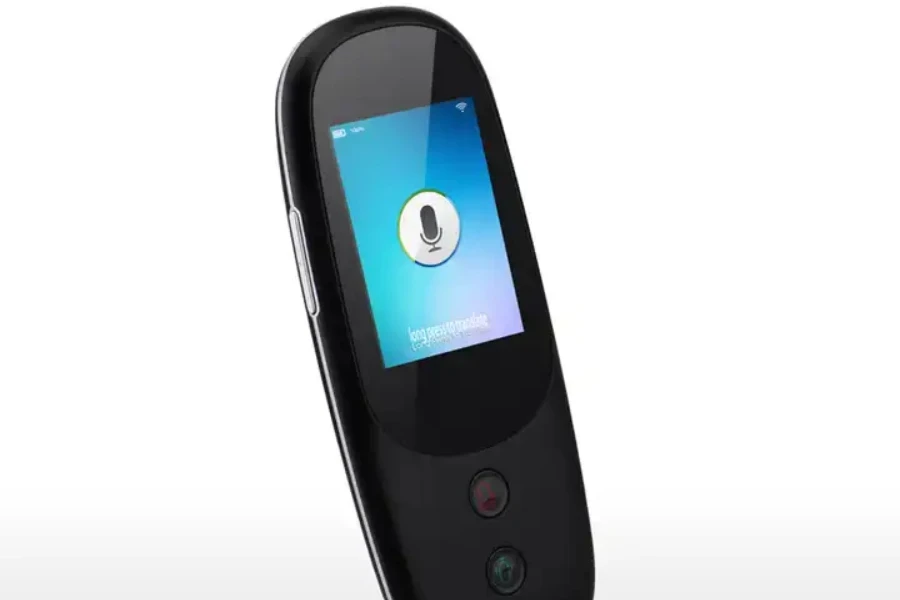
Prices of handheld translators vary depending on the brand, added features, and level of incorporated technology. There are cheap alternatives, but selecting a suitable one requires careful consideration of price against those few special things that perfectly accommodate unique demands. Evaluate how spending more for another model relates to additional functions and total output. This means comparing the costs and the benefits and deciding if it is worth it to pay more.
Basic models generally fall within the range of USD 50 to USD 100, while more advanced alternatives may surpass the USD 500 mark. High-end models justify their cost through the incorporation of superior speech recognition structures, effective processors, and complex language processing algorithms, contributing to superior translation accuracy and efficiency.
2. Speech recognition
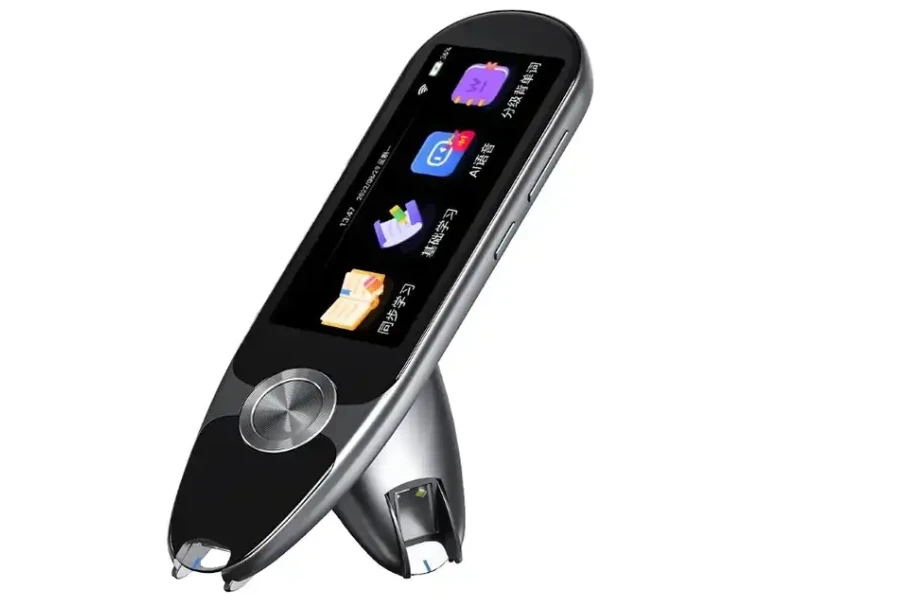
A handheld translator depends on its ability to understand and interpret spoken words. A quality microphone or noise-cancellation features help greatly, particularly in noisy conditions. That is why testing the device’s speech recognition in various day-to-day situations is worthwhile. Look into the rate at which a handheld translator identifies speech since the faster it is translated, the easier its flow of communication will be.
The quality of the microphone with superior noise-cancellation technology performs a pivotal function in improving the tool’s capacity to interpret spoken words, particularly in noisy environments correctly. Advanced translator models leverage artificial intelligence (AI) algorithms and neural networks to enhance speech recognition skills continuously. This results in quicker and more precise real-time translations.
3. Ease of use
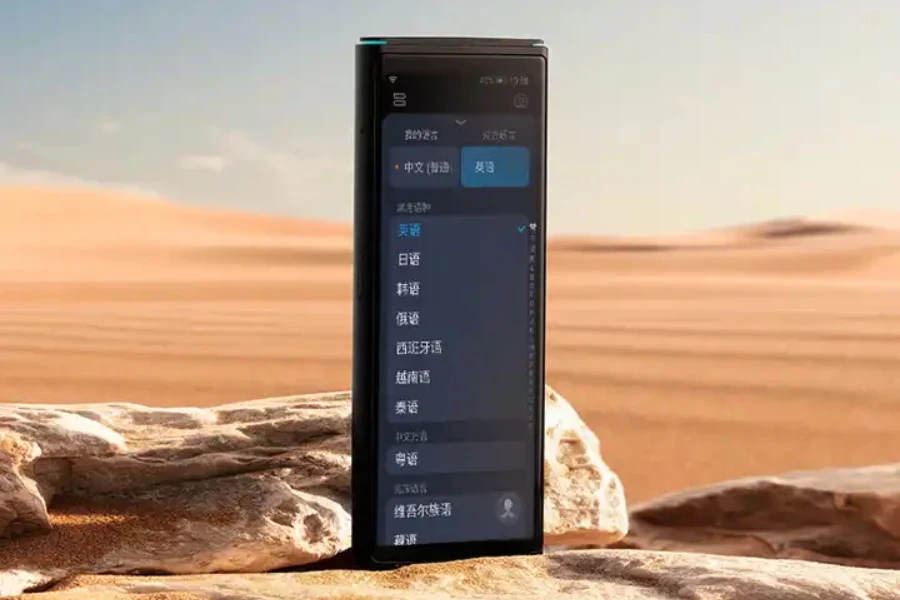
A good handheld translator needs to have a simplified interface. The design should suit your requirements, have simple navigation, and should not result in frequent headaches. Responsive touchscreens, intuitive menu systems, and easy navigation contribute to the general ease of use. Technical elements, consisting of processor pace, memory capacity, and the efficiency of interaction design, influence the tool’s responsiveness.
The ease of use of such a translator enables one to focus on the discussion and not struggle with complex functioning procedures. Remember, the main purpose of a handheld translator is to increase communication and not immerse the user in technicalities.
4. Accuracy
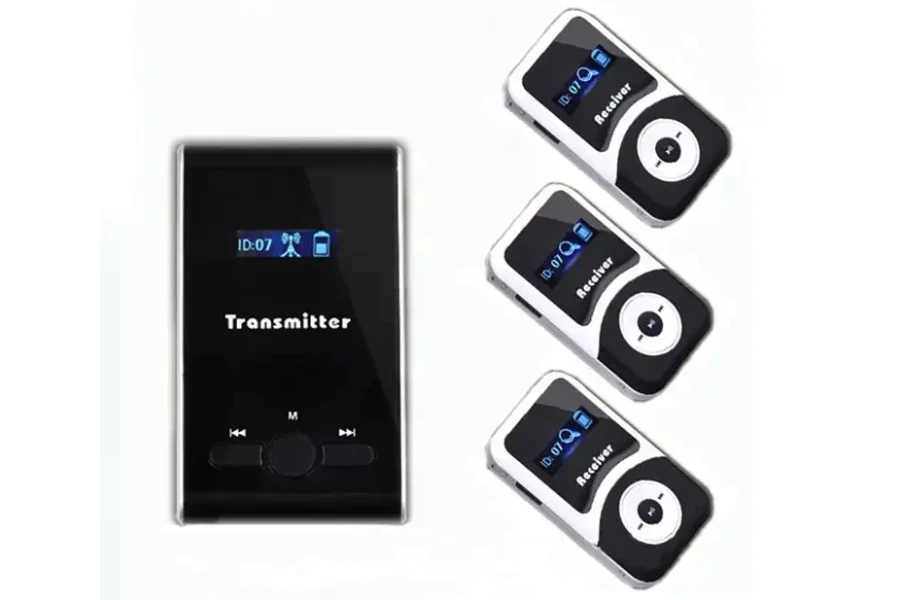
The core of any handheld translator is providing accurate and understandable translations. Evaluate what others think of the brand and run tests with various words or languages to measure how much a device can understand your commands. Reliable handheld translators have an average effectiveness score of about 90%, inspiring trust as a communicational means.
High-quality models have superior translation algorithms, device studying techniques, and neural networks always to improve accuracy and decrease translation errors. Regular software program updates are critical for preserving top-quality overall performance with the aid of incorporating contemporary advancements in language processing and refining algorithms based on consumer comments.
5. Language support
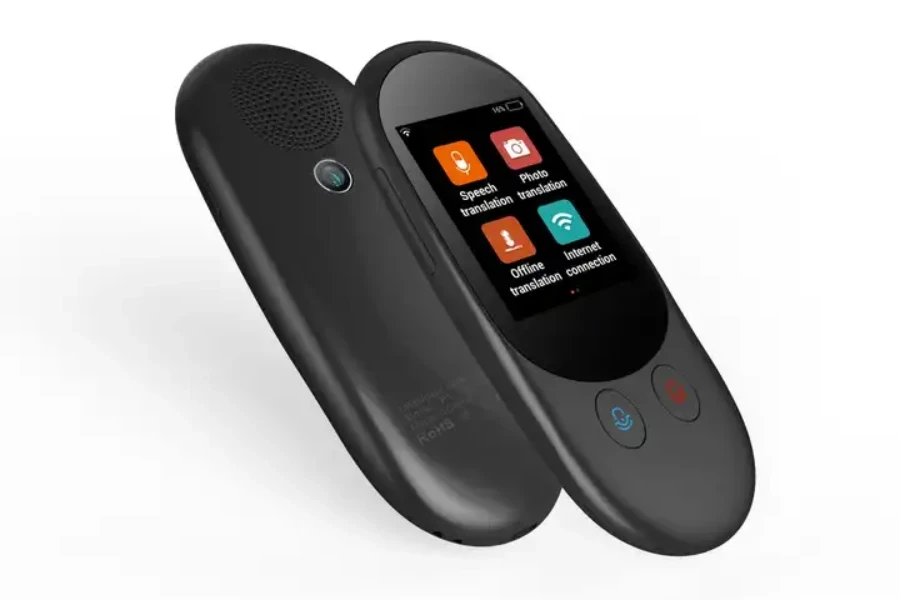
Language support varies among hand-held translators, with a few types that specialize in particular language pairs and others boasting good-sized multilingual abilities. The technical component lies inside the device’s language database. A larger and up-to-date database complements the device’s capability to address numerous languages, dialects, and evolving linguistic nuances
The common languages that handheld translators support include English, Spanish, Mandarin, French, and German. They also translate other less widely spoken languages like Arabic, Russian, Japanese, Portuguese, and Italian, among many others. Handheld translators excel differently in different language pairs, making it worthwhile to consider if the device is good for the languages used.
6. Offline capability
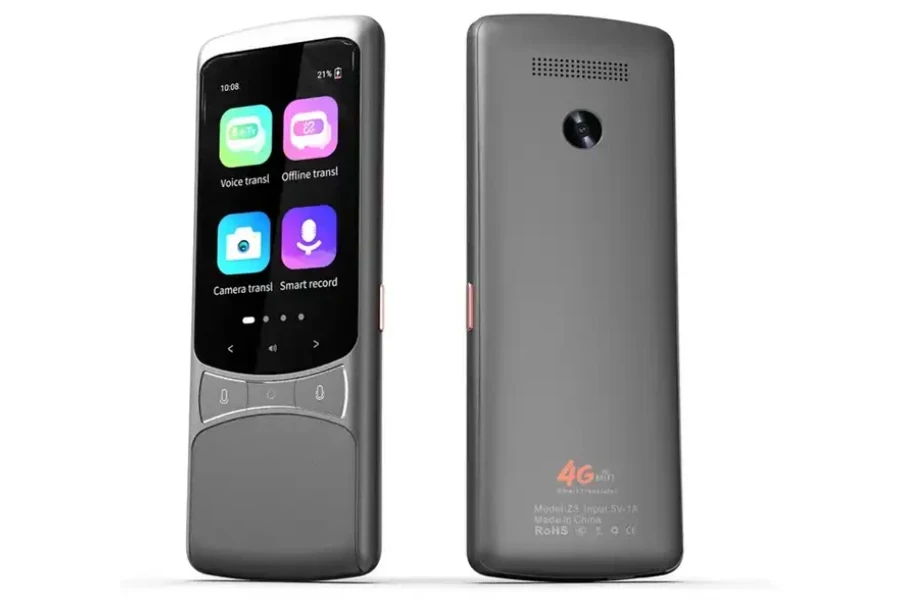
Find out how well the handheld translator functions without a network connection, especially if it will be used in areas with poor network links.
Offline functionality enables handheld translators to perform without the need for a web connection. Models with sturdy offline capability normally keep complete language databases domestically, allowing seamless translations even when users are in remote areas.
Summary
When selecting the right handheld translator, it is important to ensure that you find a model that has all the features you want at a price point that matches your budget. On top of this, it is important to consider whether the device offers advanced speech recognition technology, offline capabilities, support for a number of languages, and an easy-to-use interface. To stock up on handheld translators for your online store that meet a diverse range of needs, head to Alibaba.com.
